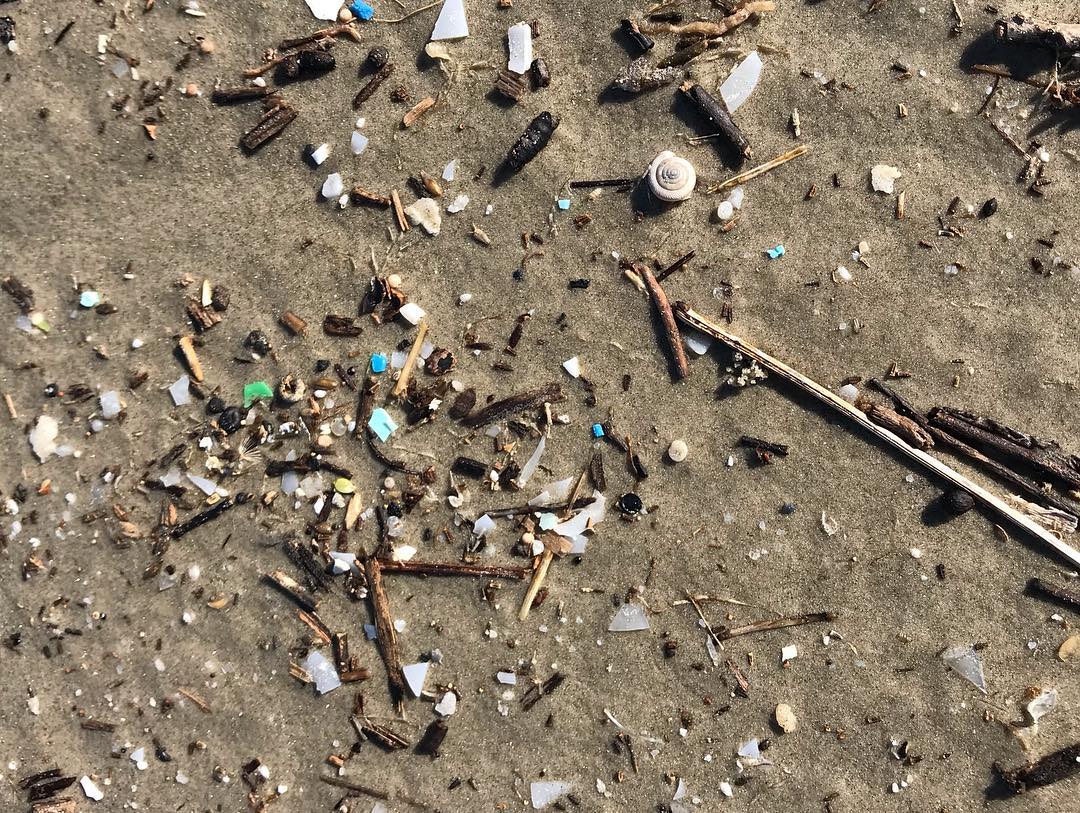Current research estimates that over 100 million tons of plastic is found in the ocean. No matter if it is a plastic bag or the piece of a toy, plastic pollution impacts critically endangered sea turtles at every stage of their life.
Hatchlings are blocked by debris as they emerge from their nests on the beach. Sea turtles drown from becoming entangled in discarded plastic bags, nets, fishing line. Sea turtles unintentionally consume plastic in the open ocean when they mistake single use plastic bags for jellyfish, and brightly colored plastics as plant material.
Plastics do not biodegrade rapidly, but photodegrade; a process that breaks them into smaller microplastics with exposure to sunlight. As these plastics deteriorate, sea turtles and other organisms are eating the microplastics. Often consumed by fish and other organisms, these particles look similar to the natural food found in their environment, and this affects all organisms through the food chain, including people—a recent investigation found microplastics in human stools for the first time.
Turtle Island Restoration Network has been researching microplastics in the Galveston area for two years, revealing exorbitant amounts of microplastic nurdles—small plastic pellets the size of a lentil—and fragments along the beach.
The microplastics we are finding are a combination of monofilament, manufactured nurdles, microfibers and other plastic fragments that can absorb chemicals including heavy metals, pesticides, polycyclic aromatic hydrocarbons (PAHs) and polychlorinated biphenyls (PCBs), which can leach into the environment. If ingested, these microplastics can cause serious harm to digestive systems and the bioaccumulation of toxic substances can lead to a disruption of physiological processes.
TIRN is working with other partners along the Gulf of Mexico to create a snapshot of the entire issue of microplastics in the environment. Locally, we are expanding our research with the help of Moody Gardens, Galveston College, Ball High School, O’Connell College Preparatory, and Oppe Elementary. We will sample five sites around Galveston Island monthly, for two years, in an attempt to understand how these areas accumulate various types of microplastics and the impacts of differing weather conditions, watersheds, currents and population changes. With wide-ranging community outreach, this program will educate and inspire the public to help TIRN advocate for policy change and on a personal level, make lifestyle alterations to help us fight to save our blue-green planet.




